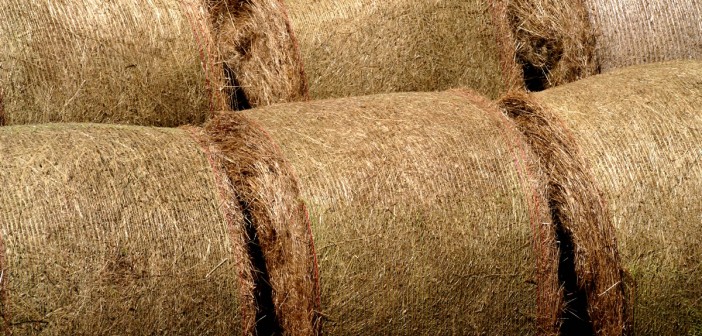The NPA has expressed concern over the dramatic rise in straw prices in recent months that have resulted in some farmers paying twice as much for their straw as a year ago.
As pig prices continue to move in the wrong direction – the SPP was down another 1.5p last week, dipping below £1.59kg – the cost of straw is going the other way at an alarming rate.
Weekly figures from the British Hay & Straw Merchants’ Association show how prices have soared across the country over the last few months as wet weather has thwarted efforts to produce quality straw, and now stand way ahead of last year’s levels.
For example, in the South West barley straw is quoted at £78/tonne and wheat straw at £73/t this week, increasing £23/t and £30/t respectively in the space of just three weeks. A year ago, barley was quoted at £40/t and wheat at £35/t.
In the North East, barley straw is now quoted a £68/t and wheat at £60, having risen steadily in price during the autumn. These prices are £23/t and £18/t ahead of last year.
The Central Midlands barley price of £60/t is £20 up on the end of August figure and nearly double last year’s quote, while the wheat price of £50/t compares with £30/t a year ago.
It is a similar story, to varying degrees, right across the regions, with current prices nowhere less than £11 ahead of October 2016 and, typically £15-20 higher.
The outlook isn’t good. According to BHSMA, there is very little straw on the market even at the increased prices.
Constant wet weather
Yorkshire pig farmer Phil Stephenson, chairman of the NPA’s producer group, said: “The problem is the constant wet weather has made it hard to get quality straw baled. Poorer quality can lead to mycotoxin issues.
“There is a lot of straw still in the swath and a lot of poor straw in our area. Hence the best comes at a high price.”
NPA chief executive Zoe Davies said: “As pig prices continue to fall, rising straw prices are a concern for indoor and outdoor producers. There just isn’t enough quality straw around and that is pushing up prices across the country. It is a situation that we will be monitoring as the winter months draw in.
“This is being largely driven by the weather. But it also important that, while we support farm the diversification opportunities renewable energy brings, biomass plants don’t push up the price even further.”




